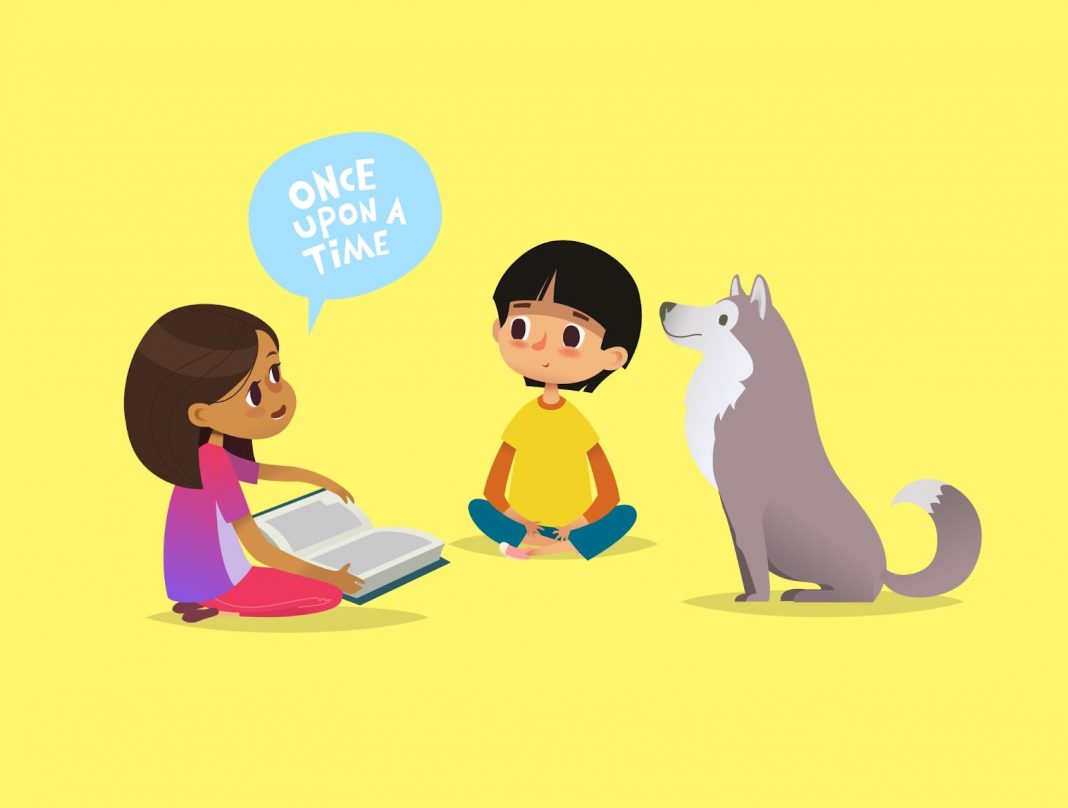Storytelling is a big part of growing up. It’s about hearing fun stories and engaging in storytelling activities for kids that help them learn and grow. Children who read stories better imagine things, understand words, and know how others feel. Think about when a child listens to a story. They learn new words and see the world in new ways. It’s like their brain gets excited and starts to grow. Storytelling is not just for fun; it helps kids in many ways.
Math & ELA | PreK To Grade 5
Kids see fun.
You see real learning outcomes.
Watch your kids fall in love with math & reading through our scientifically designed curriculum.
Parents, try for free Teachers, use for free
In this blog, we will talk about some fun storytelling activities for kids. These activities are enjoyable and really good for helping kids learn. We’ll show you how storytelling can make learning fun and help kids understand themselves and others better.
Looking for other fun ways to enhance your child’s reading and storytelling skills? Dive into a world of interactive reading games on SplashLearn that make learning an exciting adventure!
1. Create Your Own Fairy Tale
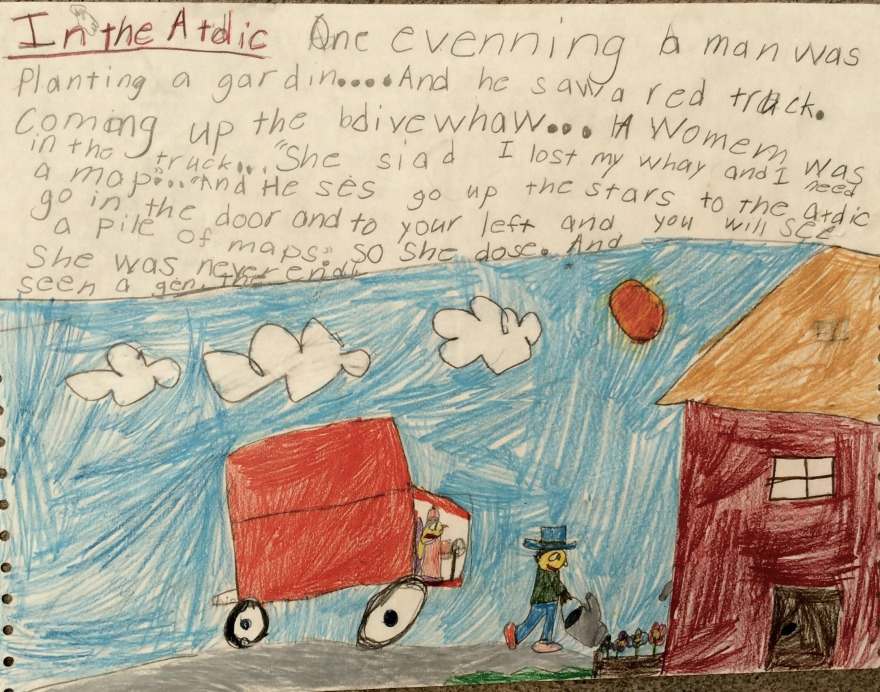
In this activity, kids get to make up their fairy tales. They can let their imagination run wild and create stories about princes, dragons, or magical worlds. It’s a fun way to come up with unique stories.
Age Group: 5-8 years
Materials Needed: Paper, crayons or colored pencils, stickers (optional)
How to do it: Ask the kids to think of a main character, a problem, and a happy ending. Then, they can draw pictures and write a few sentences to tell their story.
Educational Benefits: This activity helps with story-building activities as kids learn to create a beginning, middle, and end. It also boosts their creativity and writing skills.
Explore enchanting bedtime stories on SplashLearn, perfect for magical night-time moments with your child.
Related Reading: Best Classic Fairy Tales For Your Kids' Early Development
2. Storytelling with Puppets
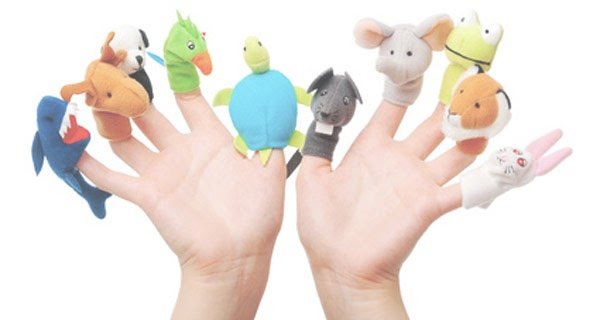
Kids use puppets to tell a story. This can be a known fairy tale or a story they make up. It’s a playful way to tell stories and express ideas.
Age Group: 4-7 years
Materials Needed: Puppets (store-bought or homemade)
How to do it: Let the kids choose their puppets and think of a story to act out. They can use their voices to give each puppet a character
Educational Benefits: This is one of the storytelling activities that help kids speak and act out emotions. It’s good for their speaking skills and imagination.
3. Picture Storyboarding
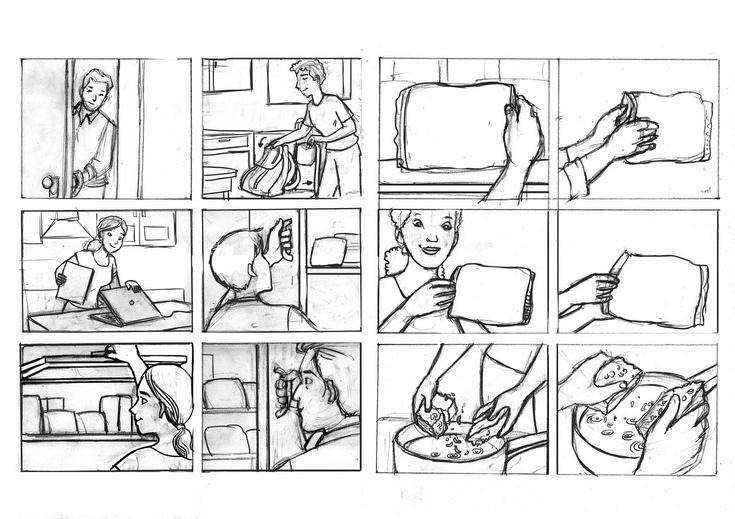
In this activity, kids create a storyboard using pictures. They can draw or use cut-out images to make a sequence of events that tells a story.
Age Group: 6-10 years
Materials Needed: Paper, magazines (for cut-out images), glue, markers
How to do it: Give the kids a theme or let them choose their own. They need to arrange pictures to tell a story and can add captions or dialogue.
Educational Benefits: Picture storyboarding helps kids understand how stories flow. It’s great for their sequencing skills and helps them learn to organize their thoughts.
Here are some fun story sequencing worksheets:
4. Story Circle
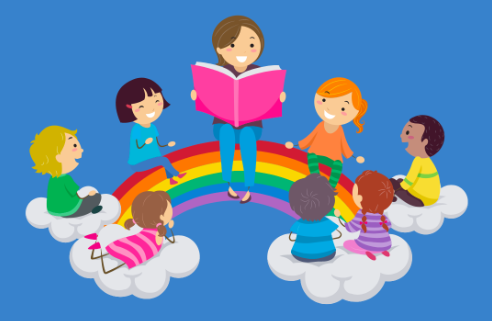
In a story circle, kids sit in a circle and create a story together. One child starts the story, and then each child adds a part. It’s a fun and collaborative way to build a story.
Age Group: 5-9 years
Materials Needed: None
How to do it: Start the story with a simple sentence. Each child adds a sentence or two to continue the story. It can go around the circle several times.
Educational Benefits: This activity encourages listening and thinking on the spot. It’s good for teamwork and helps kids learn how to build on others’ ideas.
5. Storytelling with Props
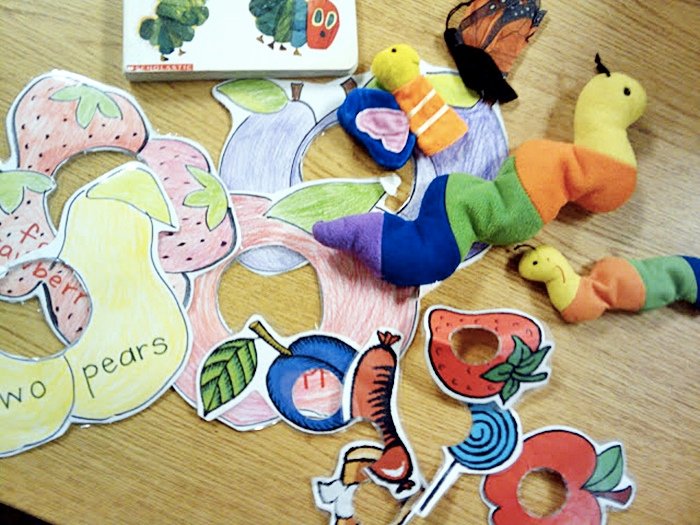
This activity lets kids use objects around them as props to tell a story. It can be anything from a toy to a spoon. Using props makes the story more exciting and real.
Age Group: 4-8 years
Materials Needed: Any safe household items or toys
How to do it: Let the kids choose their props and think of a story that includes them. They can use props while they tell their story to make it more interesting.
Educational Benefits: Storytelling with props enhances creativity and helps with story activities for kids. It also improves their ability to connect objects with ideas.
6. Digital Storytelling

In digital storytelling, kids use computers or tablets to tell their stories. They can use pictures, and sounds and even record their voice to make a digital story.
Age Group: 7-12 years
Materials Needed: Computer or tablet, storytelling or presentation software
How to do it: Teach the kids how to use simple digital tools to create a story. They can add images, text, and voice to their digital storybook.
Educational Benefits: This activity is great for tech skills and creativity. It helps kids learn how to express their stories in a modern way.
7. Storytelling Through Dance and Movement
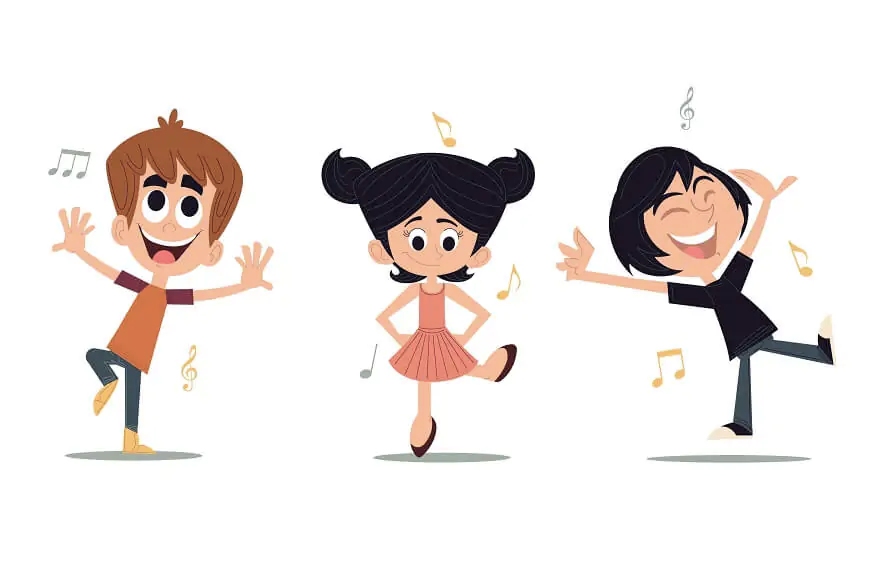
Here, kids tell a story through dance and body movements instead of words. It’s a fun way to express emotions and events through actions.
Age Group: 5-10 years
Materials Needed: Music player, open space
How to do it: Choose a story or theme. Let the kids create movements and dance to express different parts of the story.
Educational Benefits: This group storytelling activity is good for physical fitness and helps kids express emotions and stories through their bodies. It also boosts their imagination and coordination.
Related Reading: Best Dance Songs for Kids to Get Them Grooving
8. Map Your Story
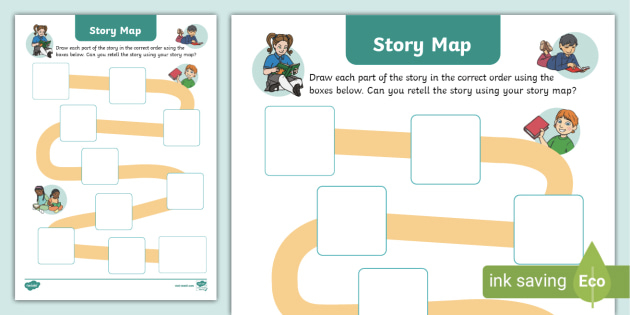
In this activity, kids create a map representing a story’s journey. They can draw places and paths that characters in their story would follow.
Age Group: 6-9 years
Materials Needed: Large paper, colored pencils, or markers
How to do it: Ask the kids to think of a story and then draw a map that shows where the story happens. They can add landmarks and paths that the characters take.
Educational Benefits: Mapping a story helps understand settings and the sequence of events. It’s also good for spatial awareness and storytelling planning.
9. Storytelling with Music and Sound Effects
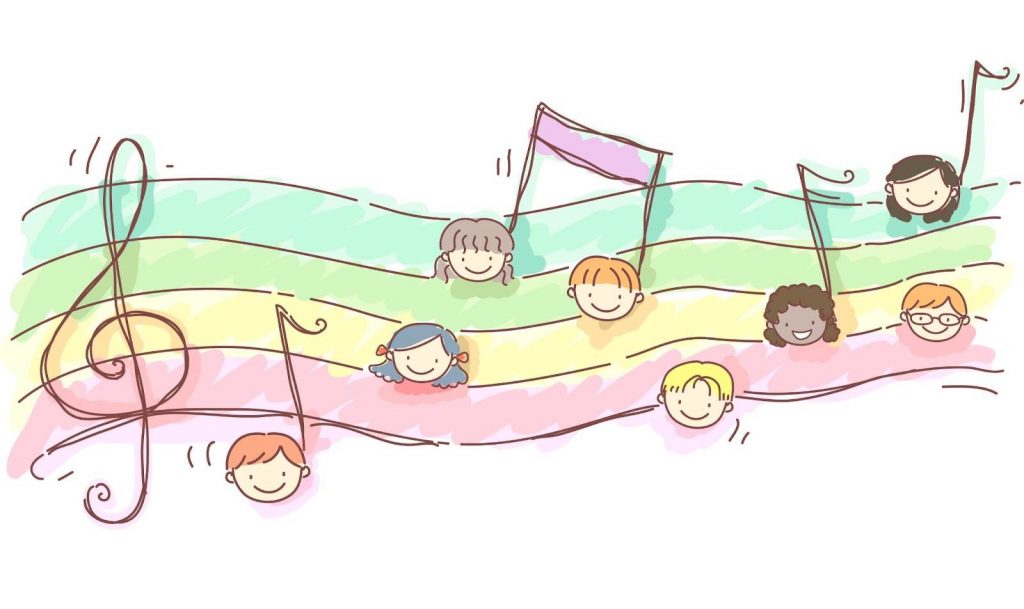
This activity combines storytelling with music and sounds. Kids can use instruments or everyday objects to make sounds that accompany their stories.
Age Group: 5-10 years
Materials Needed: Musical instruments or household items (like pots and spoons), music player
How to do it: Let the kids pick a story and think of sounds or music that match different parts of the story. As they tell the story, they can make these sounds to bring their story to life.
Educational Benefits: Storytelling with music and sound effects is one of the best interactive storytelling activities for kids. It helps kids learn about rhythm and sound and how to use them to enhance a story.
10. Role-Playing Adventures
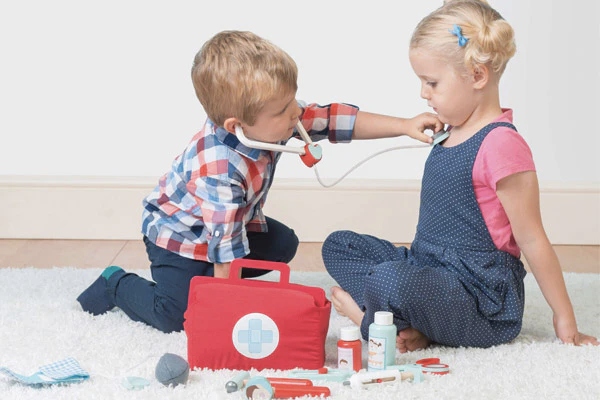
In this activity, kids act out stories as characters. They can make up their own story or act out a known one. It’s like putting on a mini-play.
Age Group: 6-12 years
Materials Needed: Costumes or dress-up clothes (optional), props
How to do it: The kids choose their roles and create a storyline. Then they act it out, each playing their character’s part.
Educational Benefits: Role-playing adventures are great for imagination and social skills. Kids learn to work together and understand different characters’ perspectives.
11. Write and Illustrate a Storybook
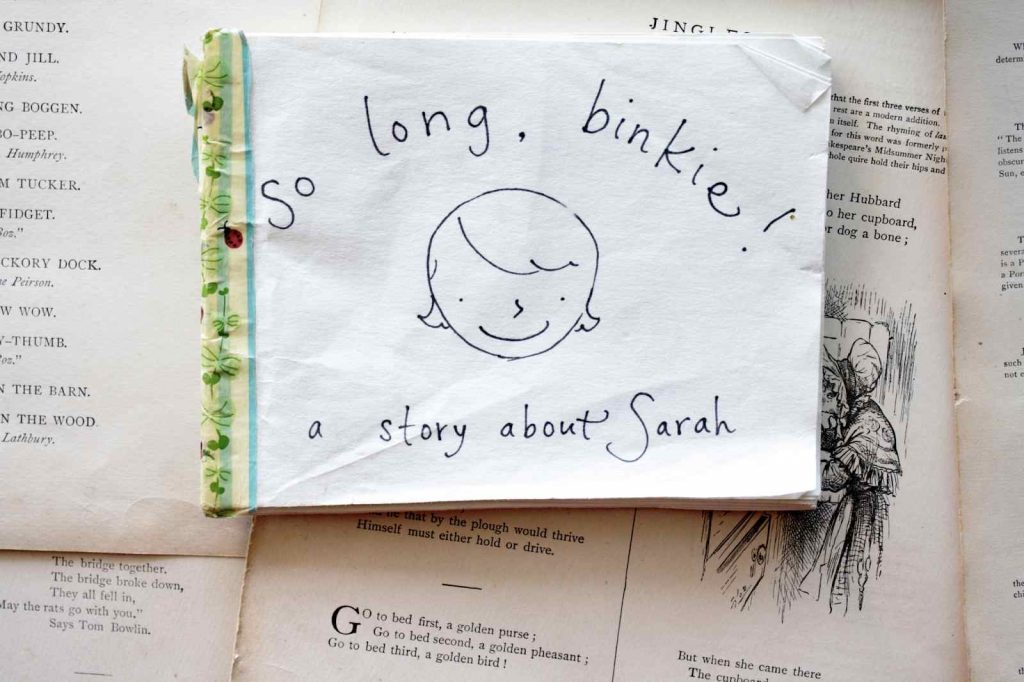
Kids can be authors and illustrators in this activity. They write their own story and draw pictures to go with it, making their storybook.
Age Group: 7-12 years
Materials Needed: Paper, pencils, crayons, or markers
How to do it: Each child thinks of a story and writes it down. Then they draw pictures for each part of their story. They can put all the pages together to make a book.
Educational Benefits: This “make a story activity” is great for writing and artistic skills. It helps kids learn how to express their ideas in words and pictures.
Related Reading: Amazing Short Stories for Kids That Teach Moral Values
Why is It Important for Kids to Know the Art of Storytelling?
Storytelling is much more than just a way to pass time or entertain; it’s a vital skill that plays a significant role in a child’s overall development. Understanding and practicing the art of storytelling can benefit children in numerous ways:
- Enhances Communication Skills: Storytelling is a powerful tool for language development. It introduces kids to new vocabulary and helps them understand how to structure sentences and use language effectively to convey ideas and emotions.
- Boosts Imagination and Creativity: When children engage in storytelling, they dive into a world of imagination. Creating characters, settings, and plots fosters creativity and encourages them to think outside the box, which is a critical skill in both academic and real-world scenarios.
- Improves Listening and Concentration: Listening to stories enhances a child’s ability to concentrate and pay attention for extended periods. This skill is crucial for academic success and helps develop patience and mindfulness.
- Cultivates Empathy: Through storytelling, children learn about different characters, cultures, and experiences, which broadens their understanding and perspective. This exposure is essential in developing empathy, allowing children to put themselves in others’ shoes and understand diverse viewpoints.
- Strengthens Memory: Remembering the sequence of events in a story and recalling details are great exercises for a child’s memory. This aspect of storytelling helps enhance cognitive memory skills, which are beneficial in all areas of learning.
- Encourages Self-Expression and Confidence: Storytelling provides a safe space for children to express their thoughts and feelings. As they share stories, they gain confidence in their communication ability and are encouraged to express themselves more openly and effectively.
Related Reading: Best Vocabulary Activities for Kids: Word Wizards
Conclusion
So, there you have it – fun and easy storytelling activities for kids! These activities are great for helping kids think, talk better, and understand others. Let’s get our kids into storytelling and see how much fun they have while they learn and grow!
Related Reading: Best Reading Comprehension Activities for Kids
Frequently Asked Questions (FAQs)
What age is best to start storytelling activities with kids?
You can start storytelling activities with kids as young as 3 years old. Simple activities like picture storyboarding or storytelling with props are great for young children.
How often should I do storytelling activities with my child?
Doing storytelling activities for a few times a week is a good start. It keeps it fun and gives your child time to look forward to the next storytelling session.
Can storytelling activities help my child in school?
Yes, storytelling activities can help your child do better in school. They improve language skills, and creativity, and help kids understand and remember what they learn.

















